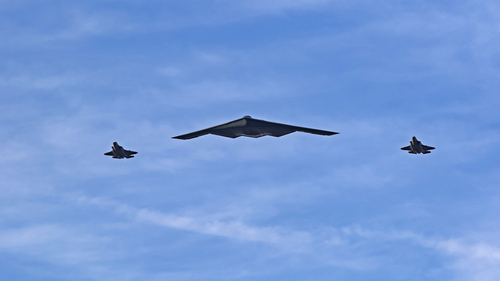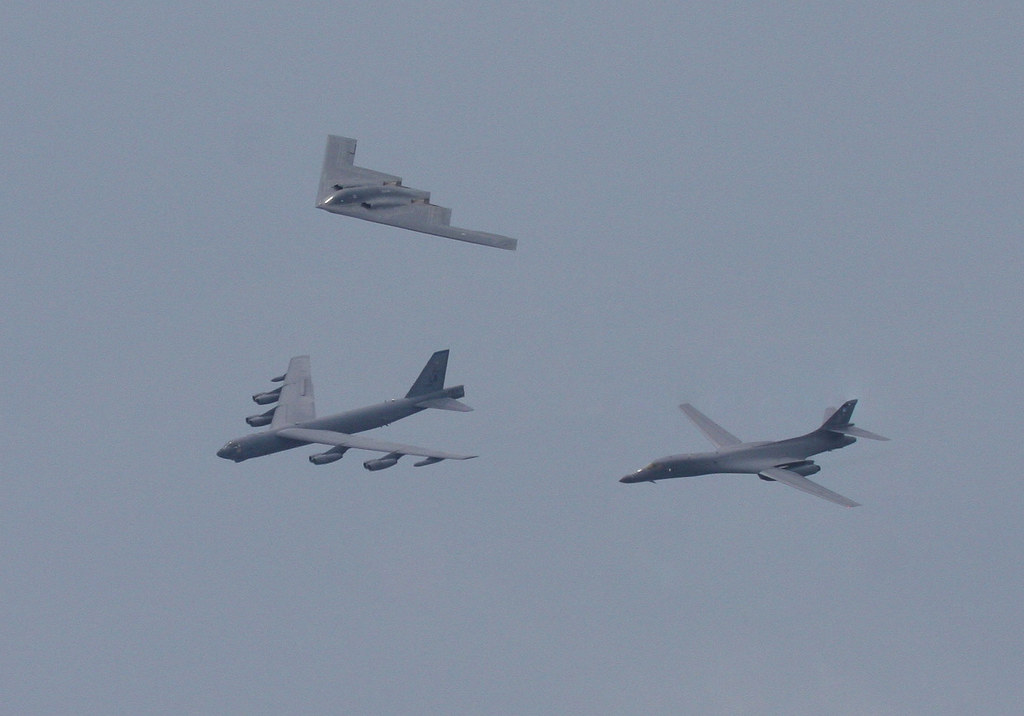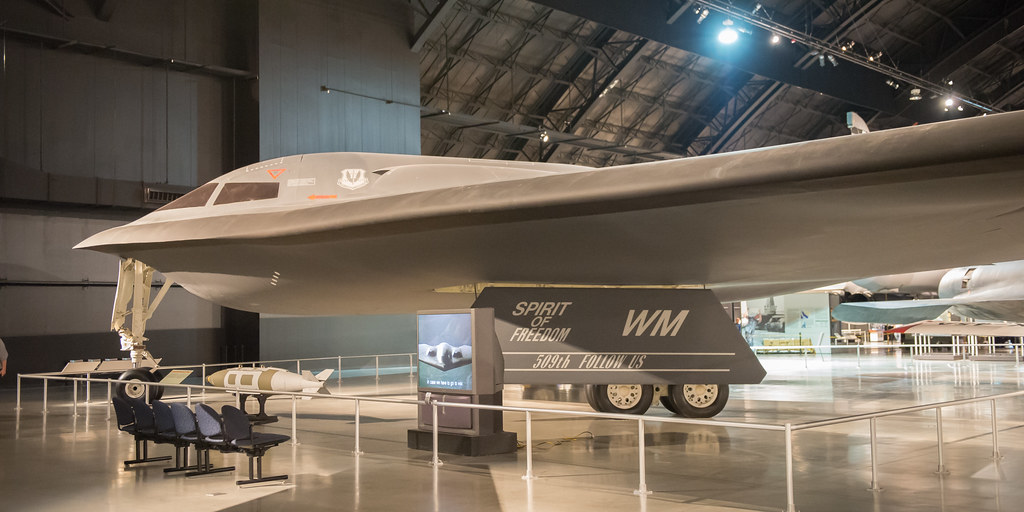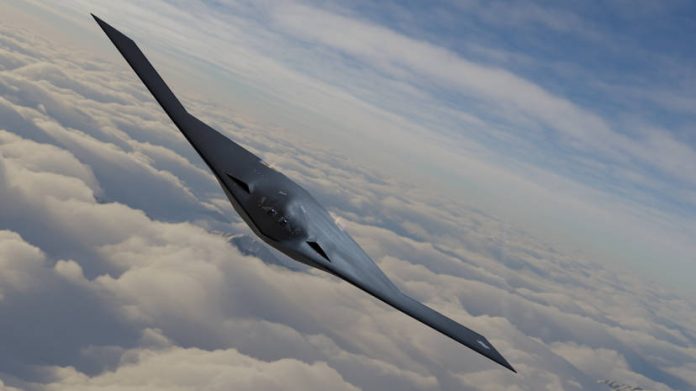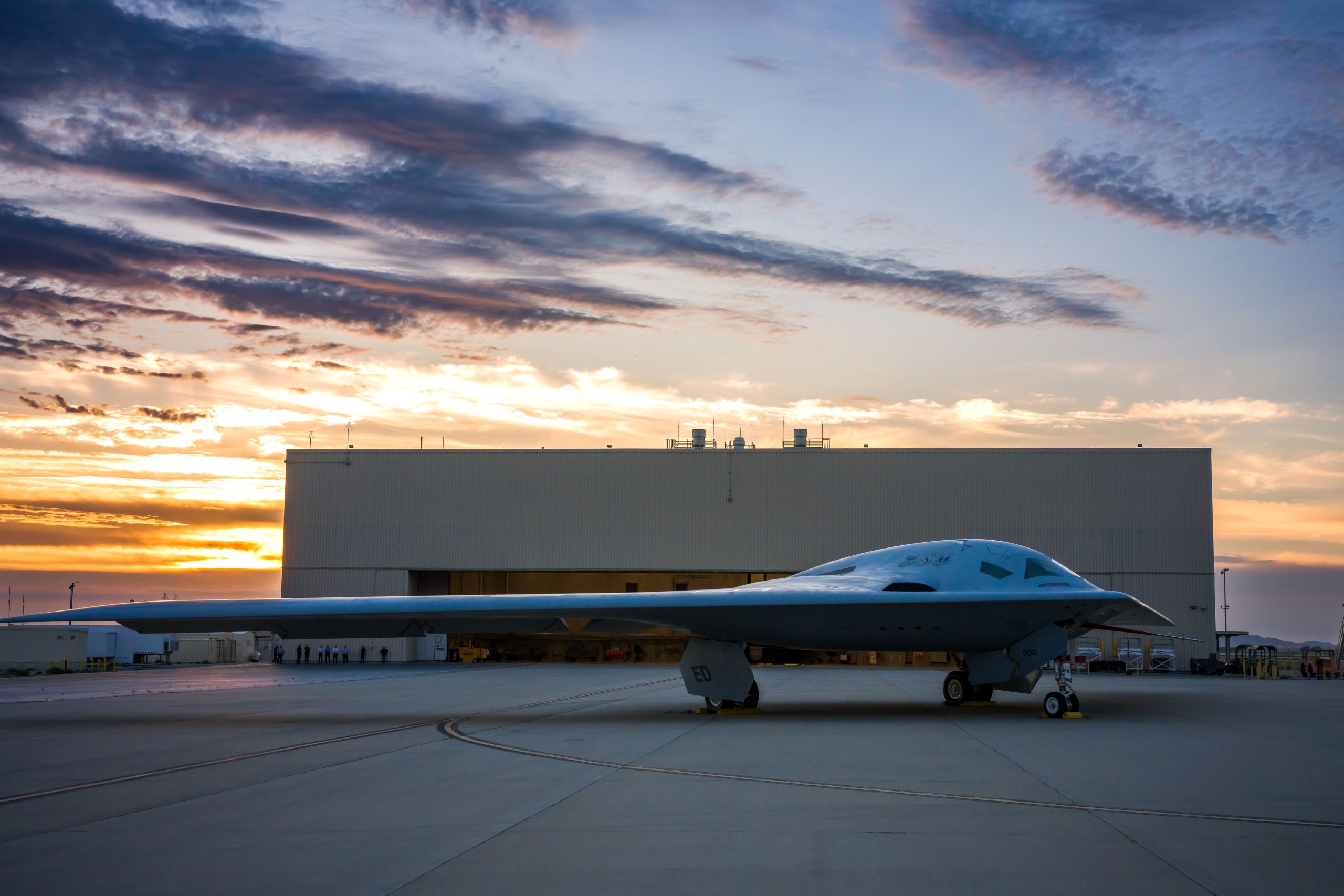
With the increasingly sophisticated nature of global air defenses, the United States Air Force (USAF) is preparing to field its next-generation stealth bomber, the B-21 Raider, a platform designed to maintain American airpower superiority well into the mid-21st century. Named in honor of the legendary Doolittle Raiders, the B-21 is slated to play a critical role in both conventional and nuclear long-range strike operations.
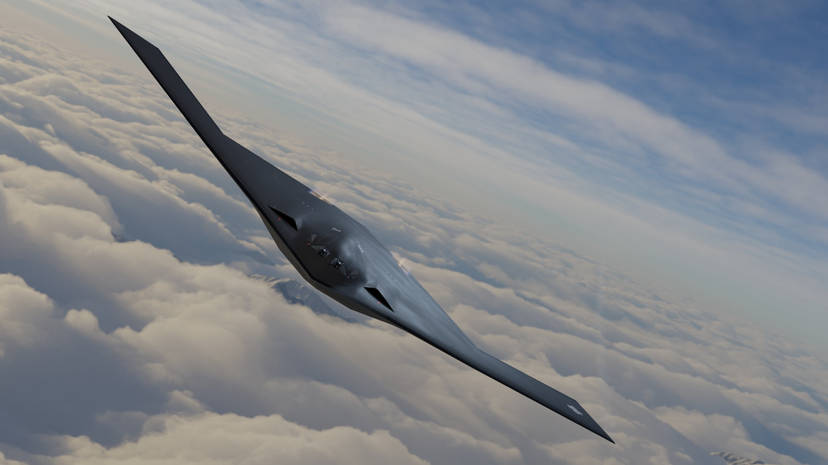
In a strategic move to ensure the bomber’s relevance against future threats, the B-21 features an open systems architecture, which allows for seamless upgrades and integration of new technologies as adversaries’ capabilities evolve. This design philosophy also facilitates competitive modernization efforts, ensuring that the platform can adapt rapidly to shifting warfare dynamics.
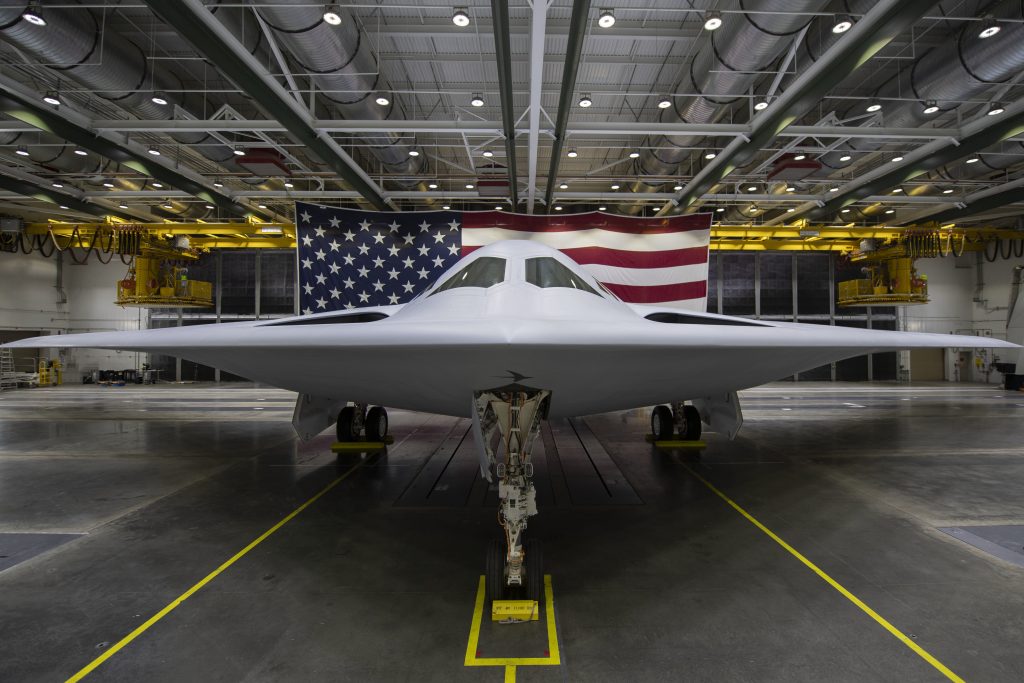
The Raider’s production marked a milestone when the Pentagon confirmed the beginning of its low-rate initial production following successful ground and flight tests in November,2023, as reported by Breaking Defense. The aircraft took to the skies for the first time in November, validating the robustness of its design and performance. The USAF has confirmed that at least six B-21s are already under various stages of construction or testing.
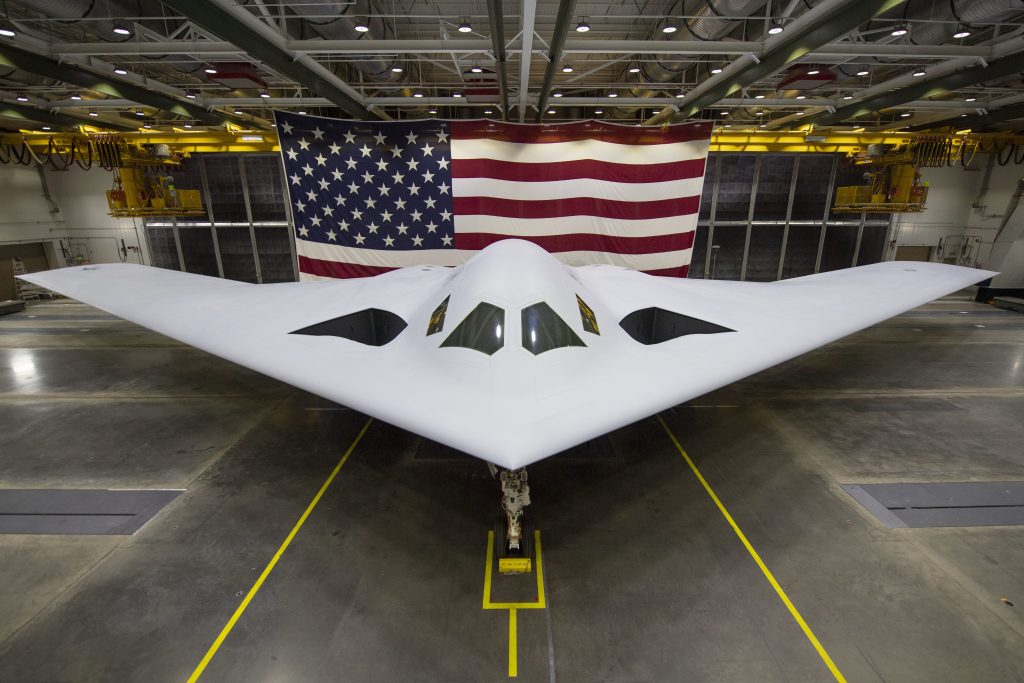
According to the Department of the Air Force Rapid Capabilities Office, the B-21 program, under the direction of the Under Secretary of Defense for Acquisition and Sustainment, is making significant progress. The B-21 completed its Critical Design Review in 2018, a comprehensive evaluation that demonstrated the maturity and stability of the bomber’s design. Furthermore, in 2021, Ellsworth Air Force Base in South Dakota was named the first main operating base for the B-21, highlighting the continued advancement toward operational capability.
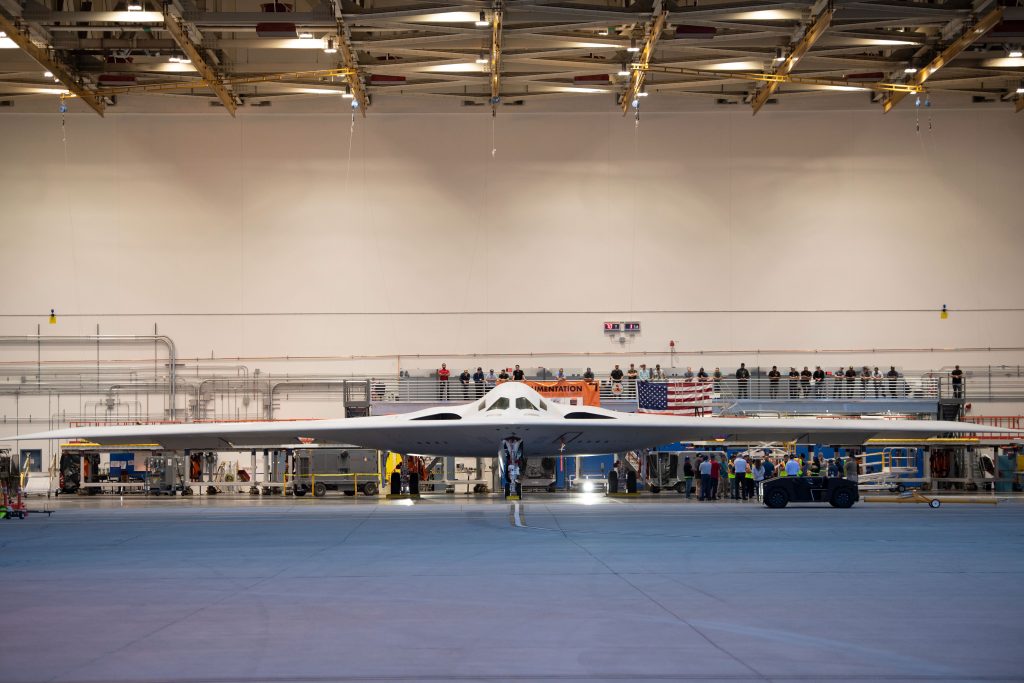
Additionally, the USAF Global Strike Command, responsible for the nation’s strategic bombers, has confirmed a procurement of at least 100 B-21 aircraft to gradually replace the aging fleets of B-1B Lancers and B-2 Spirits. It will enable the service to perform deep-strike missions more effectively, with the aircraft capable of carrying both conventional and nuclear weapons.

Aside from its formidable strike capabilities, the B-21 is designed with the capacity for both manned and unmanned missions, a feature that suggests a significant leap towards autonomous operations in future conflict scenarios. This unmanned potential aligns with the broader trend of increasingly sophisticated and versatile combat systems in modern warfare.
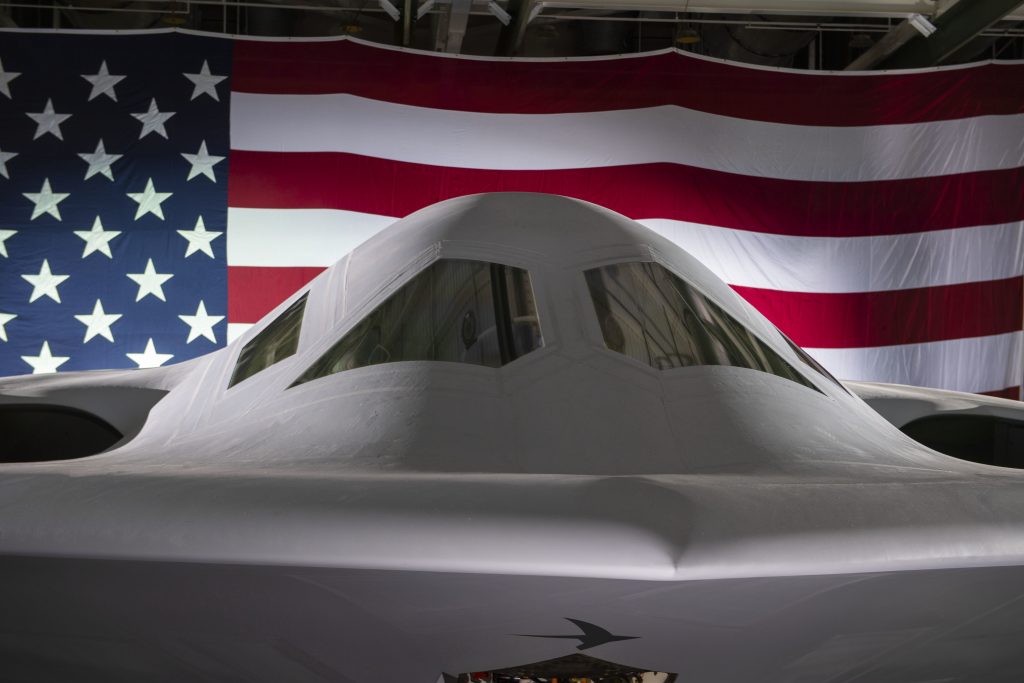
Northrop Grumman, the leading contractor for the B-21 program, along with its partners such as Pratt & Whitney and BAE Systems, has embraced a forward-thinking approach in developing the Raider. “One of the key attributes of this program has been designing for production from the start — and at scale — to provide a credible deterrent to adversaries.”Under Secretary of Defense for Acquisition & Sustainment William LaPlante said in a statement.
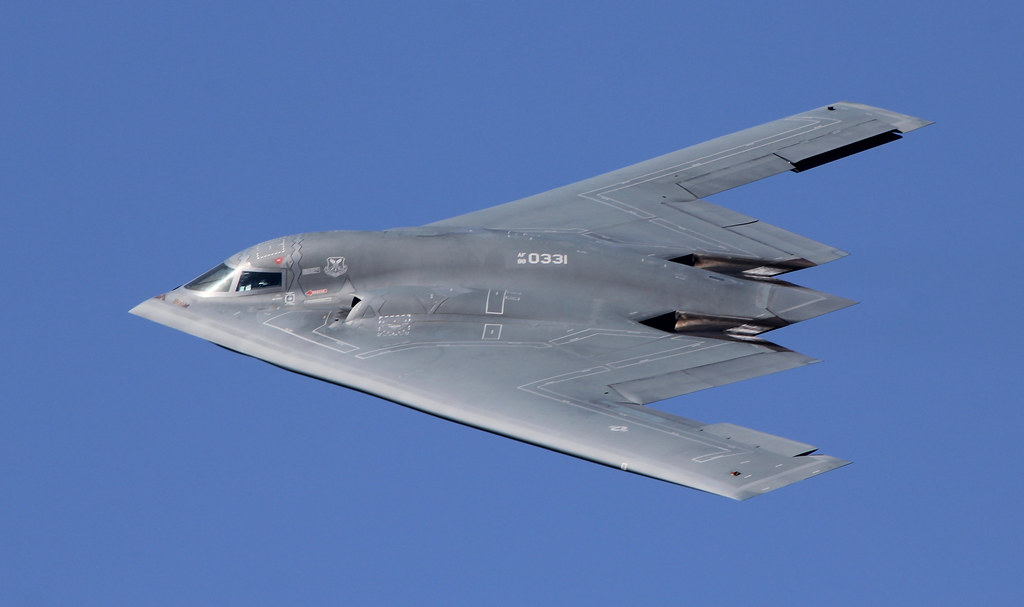
Amidst the backdrop of fluctuating costs due to inflation and supply chain issues, Northrop Grumman anticipates initial financial losses, it’s not expecting to turn any profit on the B-21 at first, perhaps losing up to $1.2 billion.Recognizing the long-term strategic importance of the B-21 to U.S. airpower. “As the world’s first six-generation aircraft, B-21 forms the backbone of the future for U.S. air power, delivering a new era of capability and flexibility through advanced integration of data, sensors and weapons, and is rapidly upgradable to outpace evolving threats,” the company added.
related images you might be interested.

